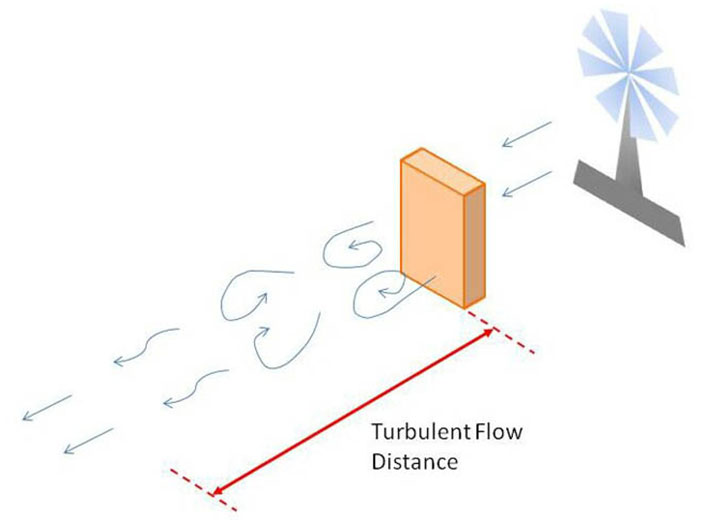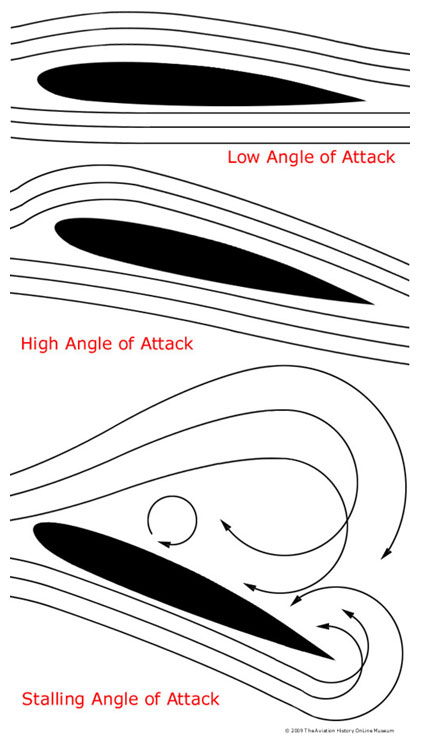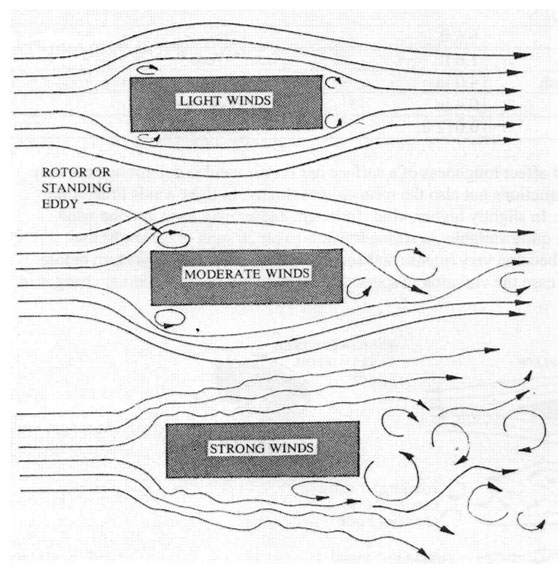Session 3: Illustrate turbulent flow using a smoke generator
Objective1: understanding and observing how the air flows on different solid bodies
Objective2: understanding and observing the turbulent flow
Explanation:
When a solid body is placed in the wind, the air will start flowing differently, creating turbulence. Turbulence is influenced by fluid viscosity, fluid speed, geometrical obstacles that the fluid encounters in its path. To observe how each influence the turbulences, we can modify one at a time the fluid viscosity (use different types of smokes), modify the speed at which the fluid is flowing, and modify the geometrical shape of the obstacle that the flow encounters in its path.
Material:
a fan, a smoke generator and few objects with different forms (a ball, a cub, an airfoil) and a rack for supporting the airfoil.
Maximum duration:
45 minutes
Main questions to be asked:
1. What do you think influences flow?
Introduction/Starters
Turn on the fan and the smoke generator and ask the students to place their hands into the flow.
The degree of turbulence depends on the speed of the wind - while moving the solid block further or closer from the smoke generator, it will encounter lower or higher speeds of the moving air/smoke (Kids have to observe that – it can be done by placing the hand in the flow created by the fan, at different distances from the fan, the hand will feel more or less pressure caused by the speed of the air at that certain distance).
Main activities
In this first experiment, the shape of the form placed in the flow will be modified.

Start the fan on the first speed (the lowest speed) and the smoke generator. Watch the smoke flow generated by the fan.

First place the ball in front of the smoke generator and the fan and observe how the smoke flows around it. Start moving the ball by modifying the distance between it and the smoke generator and observe how the flow changes; change the height at which the ball is placed and observe again the flow at certain distances from the smoke generator.

Write down your observations.
If the experiment is not working properly with the fan behind the smoke generator, place the smoke generator behind the fan and let the fan suck in all the smoke.
Repeat the same experiment this time using a cub. Write down the observations.
Repeat the same experiment this time using an airfoil. This time the aerodynamic profile will be placed into the flow at different angles. Write down the observations.
Now put the airfoil on 0 degrees again and increase the speed (put the fan on the higher speed). Write down the observations. Increase the speed again. Note the differences.
For the last experiment, keep the airfoil but modify the fluid viscosity (for this we will use a different type of smoke). Observe how the viscosity influences the degree of turbulence.
Conclusion / Plenary
The degree of turbulence depends on the speed of the wind, the viscosity of the fluid, the shape it encounters in its path and the airfoil’s angle of attack.










